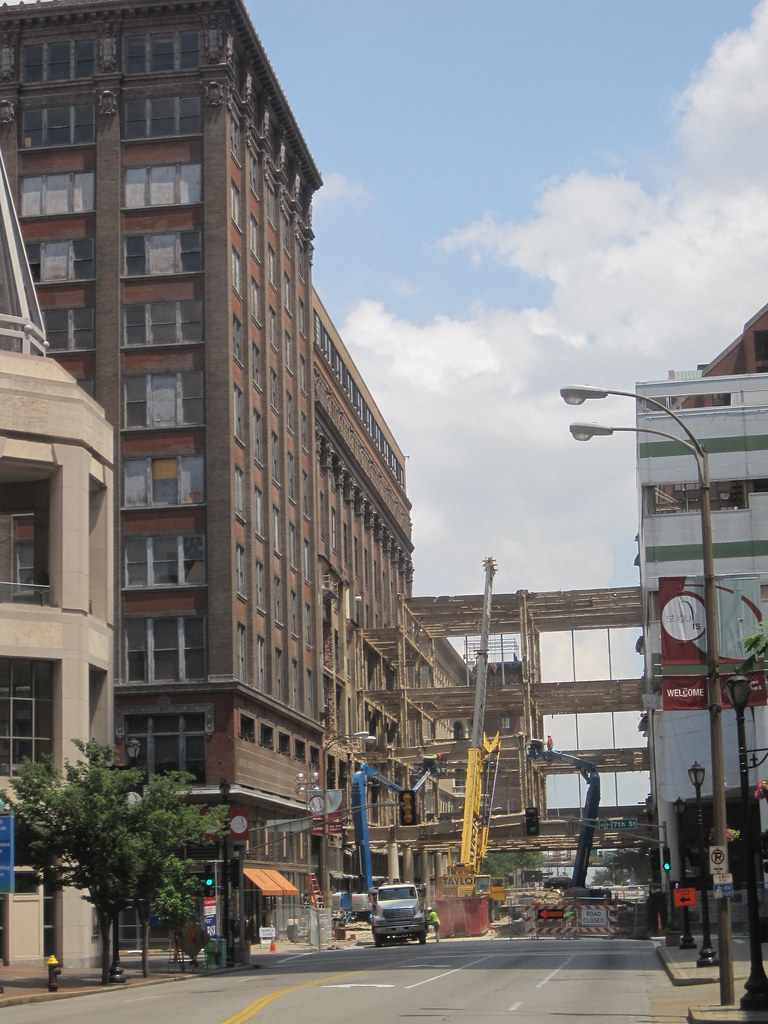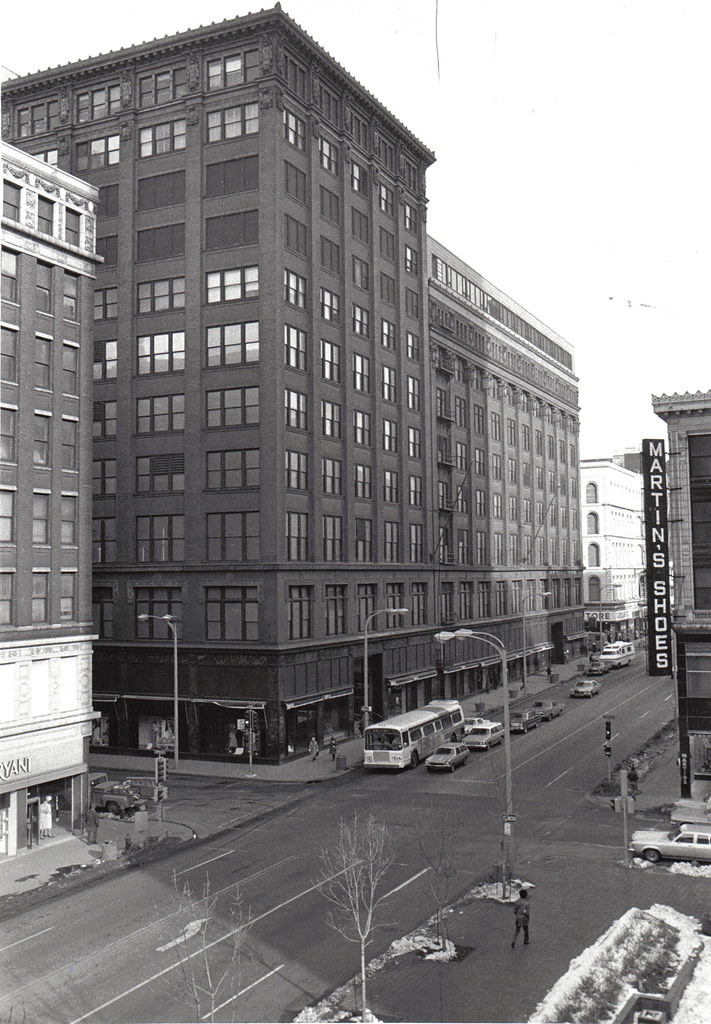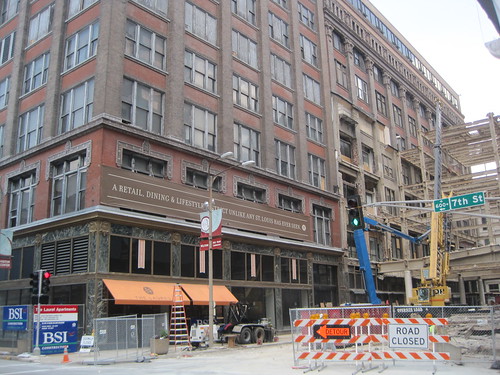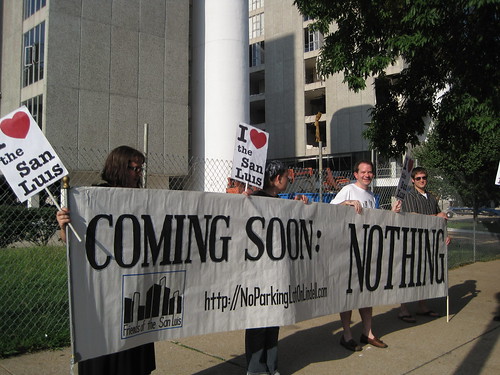From Preservation Action:
On Thursday of this week, the House Appropriations Subcommittee on the Interior and Environment held a mark-up of the FY2011 spending bill. Despite a difficult budgetary climate, Chairman Jim Moran (D-VA) said in his opening statement, “We have restored many grant programs that have for years been Congressional Priorities, including Save America’s Treasures, Heritage Area Partnerships, [and] Preserve America…”
Earlier this year, the Administration proposed eliminating all funding for the Save America’s Treasure and Preserve America programs, and cut National Heritage Area spending by one half. Popular with members of Congress, there was a great deal of speculation that the funding would be restored in the House and Senate budgets. Nevertheless, a wholesale grassroots push for restoring funding for these programs was undertaken by PA, the National Trust and several other national partners.
The overall Interior/Environment spending cap set by the full Appropriations Committee allows for $32.24 billion in discretionary spending compared to $32.33 billion in the Senate and $32.37 requested by the President. The exact funding levels for State and Tribal Historic Preservation Offices, Save America’s Treasures, Preserve America and Heritage Areas have not yet been released.










